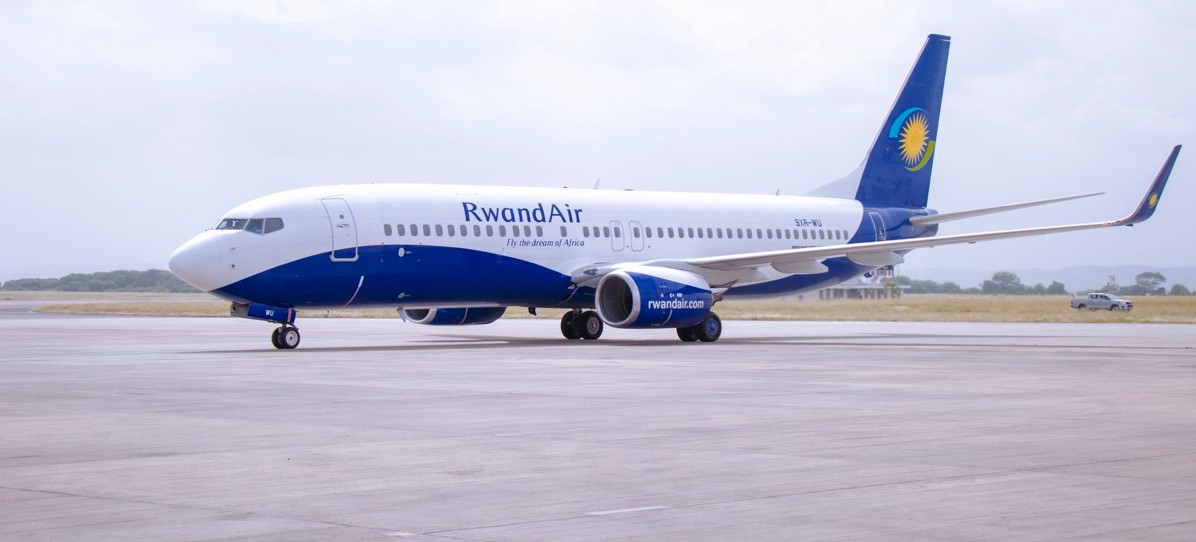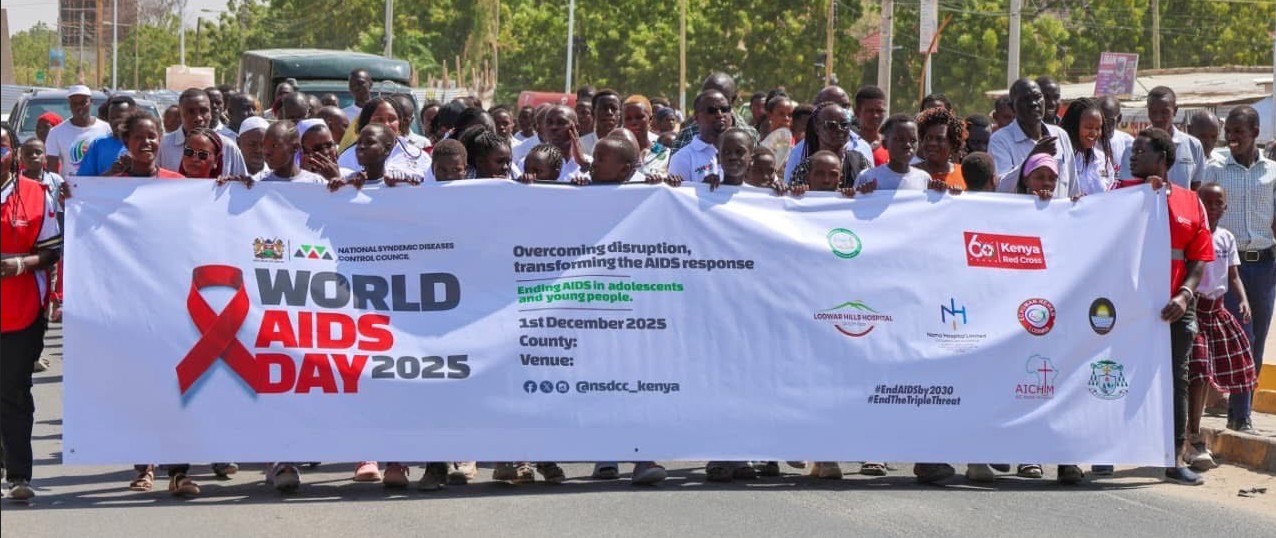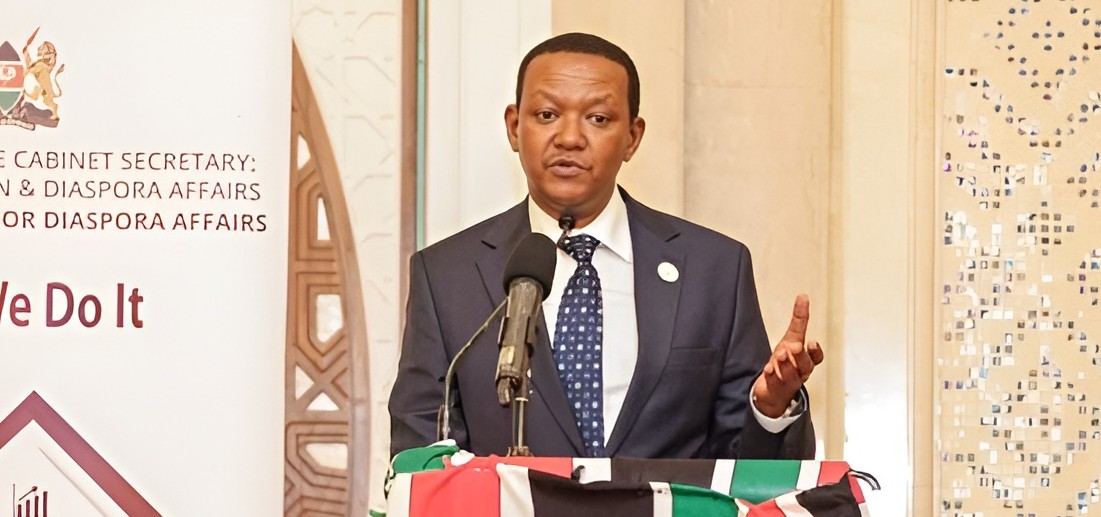Drone adoption in Kenya faces major challenges despite rapid growth

International lobby group, the World Economic Forum (WEF), says countries like Kenya should augment workforce initiatives alongside commercial drone deployments in rural and remote locations.
The use of drones in Kenya is steadily gaining ground with the technology being adopted across various sectors, including health, education, agriculture, and security.
However, the country faces significant challenges in expanding drone technology, especially to the needful rural, hard-to-reach areas, a situation common in many developing nations across Africa compared to their developed counterparts.
More To Read
- Southeast Asia faces catastrophic floods as tropical storm kills 600 hundred
- Ruto unveils Sh400 billion mega dam plan to turn North and Coast regions into Kenya's new food basket
- International Rescue Committee warns millions at risk as drought intensifies across Northern Somalia
- City Hall moves to recognise urban farmers in policy review
- Agrifood SMEs to benefit from new Sh16.4 billion funding programme
- Africa’s food security challenge: G20 calls for boost in trade and sustainable farming solutions
This is despite the economic and sustainability benefits these innovations could offer upon scaling up.
Experts suggest that Kenya could learn valuable lessons from leading countries like China and the United States to harness the vast market potential of drone technology, particularly in enhancing healthcare and education services in remote regions.
The international lobby group and think tank, the World Economic Forum (WEF), for instance, says countries like Kenya should augment workforce initiatives alongside commercial drone deployments in rural and remote locations.
It says this would create a pathway to economic prosperity.
"Further, developing nations should make drone deployments in the hard-to-reach communities, including rural and remote regions, and people in climate-impacted areas, a national priority," the lobby says.
"This can proactively remove the barriers for communities that have long suffered from inequitable access to goods and services."
The think tank adds that Kenya, like other African states, should explore public-private partnerships in the air mobility sector and ensure that the agreements are geared towards expanding school curricula to include aviation, innovation, autonomy, and software development.
Nevertheless, governments in developing nations should pilot drone deployments at schools to improve access to books, supplies, medications, and food for students and families, WEF adds in part.
To stay on course to compete with other developed countries in the space, the lobby argues that data collection and sharing, regulatory frameworks, harmonised standards, and joint community adoption are essential.
"These key enablers can be accelerated using information gained from real-world applications already demonstrating the safety, reliability, and viability of advanced air mobility solutions in the developing world."
It explains that this could be realised by developing a non-governmental agency that collects data and shares information to support equitable advanced air mobility in alignment with the United Nations Sustainable Development Goals.
Experts under the think tank also stress the significance of the developing world embracing global collaboration, terming the move key to enhancing equitable advanced air mobility.
In Kenya, data by Statista puts the country's revenue in the drone market in 2024 at Sh180.87 million ($1.4 million) and projects the market to grow annually by about 9.24 per cent between now and 2029.
Other Topics To Read
Globally, China is leading the ranking by revenue in the drones segment of the consumer electronics market, recording Sh197.7 billion ($1.53 billion).
Following closely behind is the United States with Sh178 billion ($1.38 billion).
The idea of unmanned aerial vehicles (UAVs), commonly known as drones, dates back to World War I when American military engineers created cruise missiles that could be programmed to fly, land, and detonate on specific targets.
Over the past century, drones have evolved significantly and found applications beyond the military, including fields such as agriculture, logistics, videography, and land surveying, among various innovative uses.
Today, these "small aircraft" are also utilised by humanitarian organisations to save lives in a world increasingly affected by economically devastating natural disasters like floods and droughts.
Kenya, in the recent past, announced that the state needed close to Sh37 billion to repair transport infrastructure swept away by floods.
The El Niño rains from October to December 2023, along with the heavy rains from March to May this year, resulted in significant loss of life, livestock deaths, and widespread destruction of farmlands and infrastructure.
These disasters reflect changing climate patterns, highlighting the urgent need to mitigate their impacts.
In response, the Kenyan government, alongside the Kenya Red Cross Society and various humanitarian agencies, have increasingly turned to drone technology for disaster mitigation efforts.
Ideally, during a disaster, saving lives is the goal. Delays mean more casualties. Efficiency and speed are thus preferred.
This explains why drone technology is fast growing in popularity among emergency responders.
Top Stories Today











































